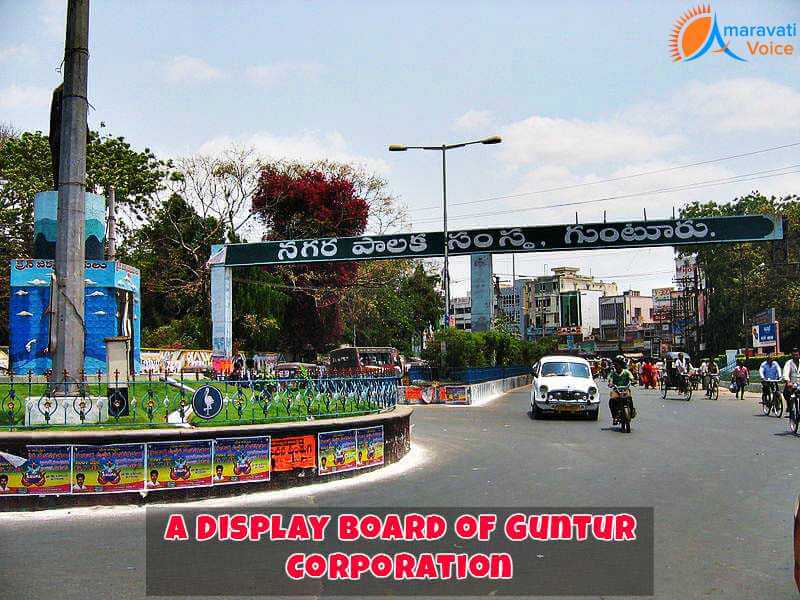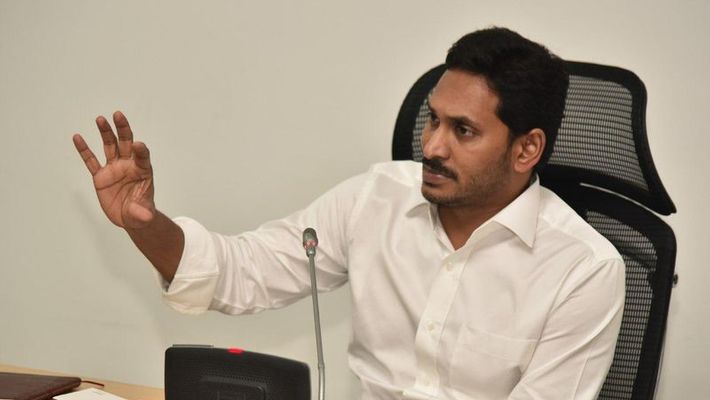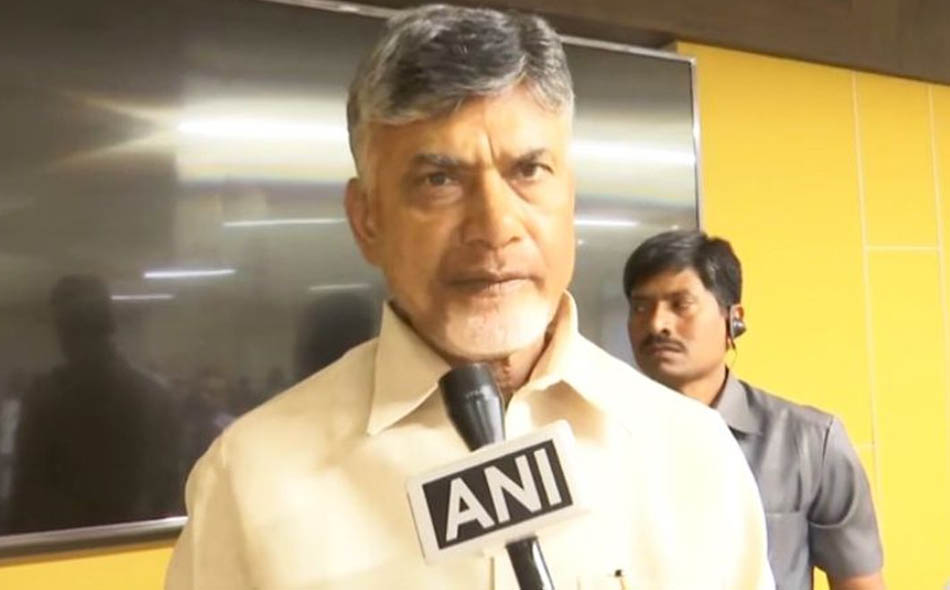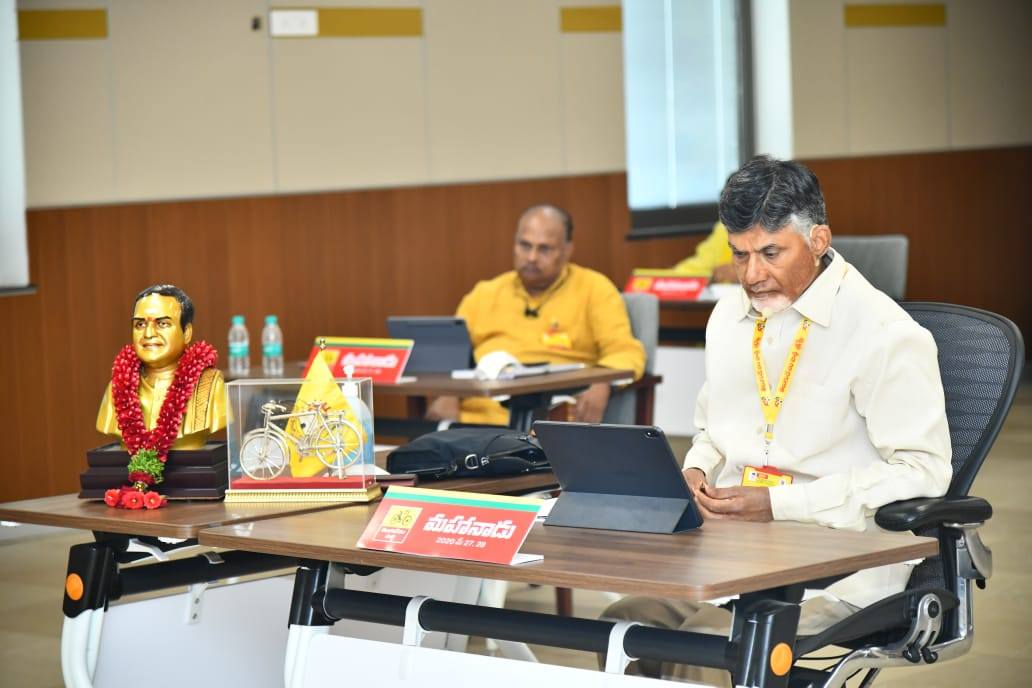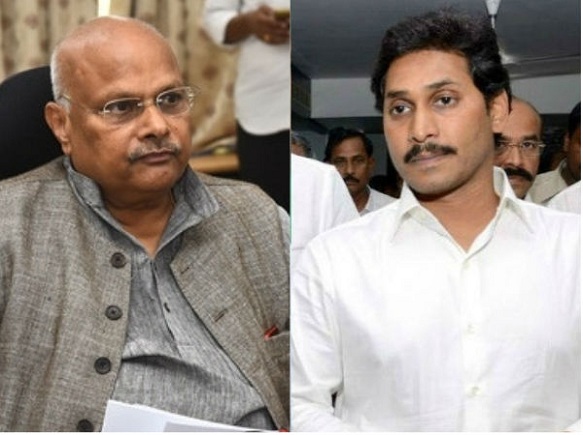
Summary: Guntur Municipal Corporation is famous in the state of AP and here are some details about this corporation.
Guntur is a city that is located in the Guntur District of the state of AP. The Guntur Municipal Corporation holds the pride of being one among the oldest municipalities in the state. The city of Guntur is governed by the Greater Guntur Municipal Corporation shortly called as GGMC and it is a civic body. The year 1866 is a milestone year for this municipality as it gained this status during this year. During this year of conversion into municipality, this place had a population of 25000 people. However, the first elected body was constituted only in the year 1881.
Growth of the Municipal Corporation:
After the first elected body was constituted in the year 1881, this place experienced the following improvements:
- In the year 1891, the area was upgraded from 3rd grade municipality to second grade municipality.
- Again, in the year 1917, it was upgraded from second to first grade municipality.
- In the year 1952, this area got upgraded from first grade to special grade.
- Again, within 8 years (i.e.) in the year 1960, she was upgraded from special grade to selection grade.
- In the year 1994, she got the status of Municipal Corporation under the Andhra Pradesh Municipal Corporation ACT 1984 with her existing municipal limits.
- In the year 1995, the first election for the municipal corporation was held.
Right from getting the status of Municipal Corporation, the area has been focusing on turning the Guntur City as a modern one.
Governing body:
The governing body of the corporation includes a standing committee chairman, a mayor and a deputy mayor.
Executive body:
The executive body of the Guntur Municipal Corporation encompasses the town planning authority, the municipal engineer, assistant commissioner, added commissioner and commissioner.
Government parties:
- Between the years 1995 and 2000, the governing party of the corporation was Telugu Desam Party (TDP)
- The same party governed the corporation between the years 2000 and 2005 as well.
- During 2005-2010, the governing party was the Indian National Congress called as INC.
The period between 1995 and 2000 is stated to be the golden era in the history of Guntur Municipal Corporation as the governing party took many initiatives towards the development of the corporation and implemented them as well. During this period, the combined efforts of governing body along with executive body with an IAS officer in the group brought considerable development to the corporation.
History of Guntur Municipal Corporation:
When the Guntur Municipality was constituted, the main aim was to fulfil the fundamental infrastructural requirements of the local people. The meaning of the term ‘Guntur’ means ‘the village of tanks’. It is believed that the village of tanks initially came into existence due to the red tank close to it.
During the French rule of Kondaveedu from 1732 AD, they built a fort to the eastern side of the old Guntur. Then, the French Commander constructed his houses and other houses towards the North of the tank and this area was called the New Guntur. This place started to gain importance and in the year 1766, the English company took over the Kondapalli and the northern areas, Guntur was held by the French force in the same place. Then, 13 years later, the French troops decided to move to Hyderabad and during this time, the Captain Harper decided to stay in Guntur for some months along with his company’s troops.
Seven years after 1779, Guntur was under the control of the Indian rulers the Nizams and again in the year 1788, it was taken up by the British.

What happened during the British period?
The areas that were formed as Guntur and Krishna Districts were initially administered by the Chief and Council at Machilipatnam until the year 1794. After this year, two collectors, who were directly responsible to the Board of Revenue were appointed at the Machilipatnam and Guntur areas. Then, in the year 1859, the two collectorates, were brought together into a single district known as Krishna District. However, this arrangement was discontinued with the building of anicuts across the Krishna and Godavari rivers with a view to increase irrigation facilities. Then, it was difficult for a single collector to handle these two wealthy areas. To manage this situation, one more readjustment was made in the year 1904. This led to the formation of a separate district with headquarters as Guntur.
Again in the year 1909, the Tenali Taluk was divided into the Repalli and the present Guntur Taluks. There from, there was no change in the areas coming under the Guntur District of the state. Then, the building of Krishna anicut in the year 1854, gave way for intensive cultivation of fertile lands. The anicut enabled commerce to flourish in this area and with the construction of Railway Bridge across the Krishna River at Vijayawada, the trade possibilities further increased in this area.
It is stated by economists that the British government not only provided opportunities for the growth of the economic base of this region, but they also made efforts for the orderly growth within the limits of Tenali, Guntur and Vijayawada. They also took efforts towards the beautification of the towns of Vijayawada and Guntur. With the development of many infrastructural facilities, the then British government also formulated building rules for regulating the development of private lands in the towns coming under this area. With a view to ensure integrated growth of towns, the government also framed the Madras Town Planning Act, which was enacted in the year 1920 in Guntur.

After independence:
Initially after independence, the Indian government engaged in the schemes that aimed at the overall economic growth of the population of the state as against focusing on the growth of towns. With this motto of the government, the new Krishna Barrage was decided to be constructed in the year 1954. After the decision, the work was completed in the year 1957-58. The new one was constructed with the intention of replacing the old one that was completed in the year 1854.
With a view to manage the railway traffic, another bridge was constructed across the river Krishna. The bridge across the Krishna River contributes towards establishment of social and economic contacts between the Krishna and Guntur Districts.
So, right from the British rule, the Guntur area is developing and now the Guntur Municipal Corporation is working towards the development of corporation in the state and the corporation has achieved many milestones in this regard.


